
The Mandalorian on foot with blaster, forked rifle, and cargo
The first words of Mando – the armored bounty hunter in the Disney streaming series THE MANDALORIAN – offer a choice to one of his quarries. “I can bring you in warm or bring you in cold.” The words are delivered with the familiar tone and timber of Clint Eastwood. An arid statement of fact implying no preference from a speaker largely covered in metal. The knight-like visor reveals nothing of his face, not even eyes.
At the receiving end of the directive is Mythrol, an alien bail jumper. From his lagoon-creature face and blue pigment – he may be cold-blooded anyway.
Very cleverly, “warm or cold” recalls “Wanted Dead or Alive” posters of the Wild West. This opening reference is an auspicious set-up for an American Space Western television web series. During the eight manic episodes of Season One, there are numerous fight scenes and shoot outs in futuristic outer-world equivalents of cantinas.
More than once the action recalls the climatic scene of Sam Peckinpah’s THE WILD BUNCH, with its commandeered machine gun spraying a circle of bullets. Mando even learns to ride a Blurrg on the desert planet Arvala-7, by showing tenderness and gaining the animal’s trust. Never mind that the Blurrg has a face more like the moon than a horse.
Space Western it is, firmly rooted in the Star Wars universe. And yet THE MANDALORIAN proves to be so much more.
To begin with, the protagonist Mando’s look is an aggregate of medieval knight, steppe warrior of the Genghis Khan era, and Marvel superhero Iron Man.
Show creator and screenwriter Jon Favreau – he of COWBOYS AND ALIENS, IRON MAN I & II and a remake of THE LION KING – gives us a Sci-Fi series with a gorgeous soundtrack by Ludvig Goransson and visual splendor that takes its cinematic cues from many seminal films.
Chapter 4 “Sanctuary” borrows its plot and look from one of the most influential films in movie history – the 1954 Akira Kurosawa classic SEVEN SAMURAI.
In Chapter 5 “The Gunslinger,” Mando and a novice bounty hunter ride anti-gravity speeder bikes through the Dune Sea on Tatooine – an excursion that recalls the chopper riding in biker movies like EASY RIDER.
The influences of THE MANDALORIAN are many. Yet the series seldom feels unfocussed or lacking in identity. (The exception is one of the episodes that Favreau didn’t write, Chapter 6 “The Prisoner.”)
What, then, holds this series together? What is it about the show that keeps the viewer curious moment by moment? Or, in other words, what is the true subject of THE MANDALORIAN?
For many, I think, it’s the slow movement toward intimacy within the protagonist. The emotional temperature of this Tin Man in search of a heart. “I can bring you in warm or I can bring you in cold.”
By the time we get to Chapter 5, the line is repeated with Mando on the receiving end. He has violated the code of the Bounty Hunter Guild on behalf of “The Child” and rescued a bounty – known to fans as Baby Yoda – from certain death at the hands of “The Client.” Continue reading
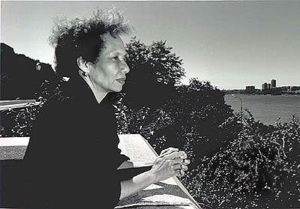
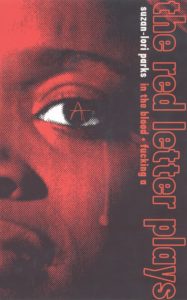
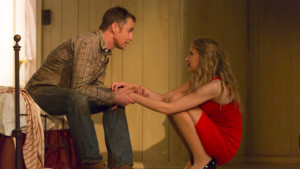

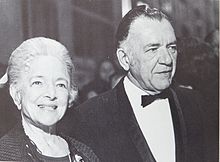
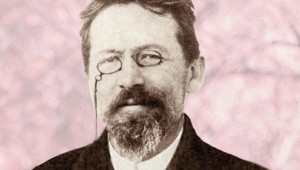

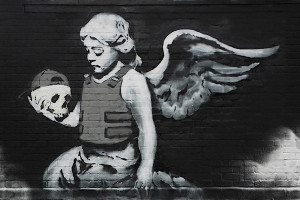

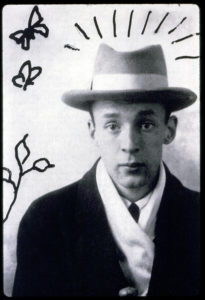
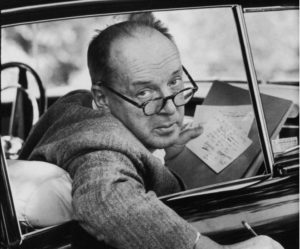
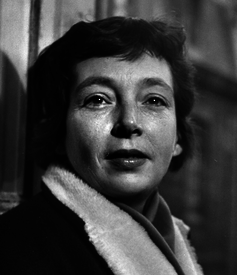


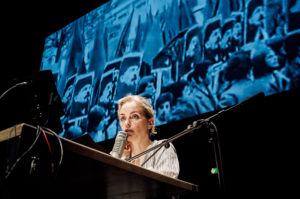
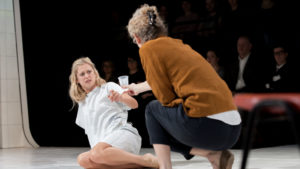
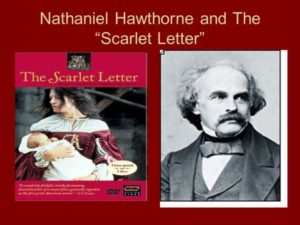


Recent Comments